What is Suede?
Suede is like the delicate flower of the fashion world - it's soft, luxurious, and requires special care. Just like a flower needs the right conditions to flourish, suede requires attention and care to maintain its beauty and longevity.
Whether you're a fashion enthusiast or simply enjoy the comfort and style of suede shoes and clothing, it's important to understand what suede is, how it's made, and how to properly care for it.
In this article, we'll delve into the world of suede and provide you with all the information you need to keep your suede items looking as good as new.
What Is Suede Made Out Of?
Suede is made from the underside of animal skin, which is the inner layer that is usually split from the top grain. The top grain is the outer layer of skin, which is typically smoother and more durable. The underside of the skin, or the split, is softer and more pliable, making it ideal for suede. Suede can be made from the skin of various animals, including lambskin, cowhide, pigskin, and deerskin.
Are There Different Kinds of Suede?
Yes, several different kinds of suede are made from different animal skins. When shopping for suede, you can look for a skin ‘split’ like lambskin split, deerskin split, or pigskin split. The most common types of suede include:
- sheepskin
- cowhide
- pigskin
- and deerskin suede.
Sheepskin Suede
Sheepskin suede, also known as lamb suede, is a popular type of suede that is known for its soft and supple texture. It is often used to make clothing, footwear, and accessories. Sheepskin suede is usually thinner and more delicate than other types of suede, and it has a finer nap.
Cowhide Suede
Cowhide suede, also known as calf suede, is a thicker and more durable type of suede. It has a coarser nap than sheepskin suede and is often used to make jackets, coats, and bags. Cowhide suede is also popular for footwear, as it is more resistant to wear and tear.
Pigskin Suede
Unlike sheepskin suede, pigskin suede, also called pig suede, has a rougher texture and is known for its durability. It is often used to make gloves, shoes, and hats, as well as clothing and accessories.
Deerskin Suede
Similarly known as deer suede or deerskin split, deerskin suede is a luxurious and soft type of suede that is often used to make high-end clothing, footwear, and accessories. It has a thicker nap than sheepskin suede and is known for its durability.
Faux Suede
For those who want the look of suede without the worry of having to care for it, faux suede is an option. Faux suede or synthetic suede, is a man-made material that is designed to look and feel like real suede. It is often made from polyester or nylon and can be more affordable than genuine suede.

Ultrasuede Or Alcantara
Ultrasuede and Alcantara are both high-end synthetic materials that are designed to mimic the look and feel of real suede. Ultrasuede is made from polyester, while Alcantara is made from a blend of polyester and polyurethane. Both materials are often used in luxury goods, such as furniture, automotive upholstery, and high-end clothing.
Sueded Cotton
Sueded cotton, also known as suede cloth, is a type of cotton fabric that has been brushed to create a soft and fuzzy texture. It is often used to make clothing and accessories, such as skirts, jackets, and bags.
Sueded Silk
Sueded silk is a synthetic suede made from processed silk. It has a soft and luxurious texture and is often used to make high-end clothing and accessories.
Micro-Suede
Micro-suede is a non-brand name for synthetic suede, such as ultrasuede or Alcantara. It is often used in upholstery, bedding, and clothing.
What Is Suede Used For?
Suede is a versatile material that can be used for a variety of products. One of the most common uses of suede is for fashion items such as shoes, boots, jackets, and bags. Due to its soft and supple texture, suede is also used in the production of furniture upholstery, such as sofas and chairs, adding a touch of luxury to any space. Suede is also a popular choice for accessories such as gloves, hats, and belts.
In addition to its fashion uses, suede is also utilized for practical purposes such as lining for gloves or jackets to provide insulation and warmth. Some industrial applications of suede include its use as a non-slip surface for shoes or for covering steering wheels and other components in cars. Also, suede can be used as a canvas for art projects, as the texture adds an interesting element to mixed media pieces.
With so many uses and types, it is no wonder why suede is such a popular material.
Why Choose Suede Over Another Material?
Suede has several advantages over other materials that make it a popular choice for many people.
- Softness and flexibility: Its softness and flexibility make it comfortable to wear and use, allowing for a comfortable fit and ease of movement.
- Unique texture: Suede has a unique texture that adds depth and character to fashion and interior design pieces.
- Natural breathability: Suede also has natural breathability that allows for airflow, preventing the accumulation of moisture that can cause discomfort or damage to the material.
- Durability: When properly cared for, suede can last for years, maintaining its softness and texture even with frequent use.
- Sustainability: Suede is a sustainable choice for those concerned with the environmental impact of their fashion choices. As a byproduct of the meat industry, suede utilizes parts of the animal that would otherwise go to waste, making it an eco-friendly choice for those who value sustainability.

Suede Does Have a Weakness
While suede has many benefits, it does have one notable weakness – its vulnerability to water damage. Due to its soft and porous nature, suede can become discolored and damaged when exposed to water, which can be particularly frustrating for those who live in rainy or snowy climates.
However, with proper care and maintenance, suede can be protected from water damage.
What To Do When Suede Gets Wet?
If your suede shoes or clothing item gets wet, there are steps you can take to minimize the damage. The first step is to remove any excess water using a clean, dry cloth or towel. Next, stuff the item with paper towels or a soft cloth to help it maintain its shape as it dries. Allow the item to dry naturally, away from direct heat sources that can cause further damage.
To learn more about what to do when your suede shoes get wet, check out our article on wet suede shoes.
Can You Waterproof Suede?
To protect your suede items from water damage, you can use a suede waterproofing spray. This type of product creates a protective layer over the suede that repels water and prevents stains.
You must also note that not all suede waterproofing sprays are created equal, and you should choose a product that is specifically formulated for use on suede. To learn more about how to waterproof your suede shoes, check out our article on how to waterproof suede shoes.
Also, you must clean and condition your suede items regularly to maintain their texture and protect them from water and other types of damage. To learn more about how to waterproof your suede shoes, check out our article on how to clean suede shoes.
How Long Does Suede Last?
The suede's lifespan depends on various factors, including the quality of the material, the level of use, and the care it receives. With proper care and maintenance, suede items can last for years, maintaining their softness and texture even with frequent use.
But, you must understand that suede is a delicate material and may require more frequent cleaning and maintenance than other materials to maintain its quality and longevity.
How Do You Take Care of Suede?
To keep your suede looking its best, you must follow a few care tips.
Avoid wearing suede shoes on rainy or snowy days, as moisture can easily damage the material. If your suede shoes do get wet, stuff them with paper and let them dry naturally away from heat sources.
Use a soft-bristled brush to remove dirt and dust regularly.
Knowing how to clean suede is an intricate process and requires specialized products. Take the first step by checking out our article on how to clean suede shoes.
Can You Restore Suede?
If your suede shoes or accessories have become stained, scuffed, or worn over time, you may be able to restore them with a nubuck and suede restoration kit. Most suede restoration kits include a suede eraser or brush to remove stains and a conditioner to restore the material's softness and flexibility.
To restore your suede shoes or accessories, start by using the suede eraser or brush to remove any stains or scuffs. Next, apply the conditioner with a soft cloth, working it into the suede in a circular motion. Allow the conditioner to dry completely before wearing the item again.
If your suede shoes are stained, the process of removing the stain will vary. Understanding the different methods on how to remove stains from suede shoes can help you restore your shoes and keep them looking their best.

How Is Suede Made?
Suede is made through a complex process that involves several steps:
1. Skinning
The first step in making suede is skinning the animal, which involves removing the skin from the animal's body. However, before starting this process, the animal must be killed humanely and the skin must be prepared by soaking it in salt water, which helps loosen the hair follicles.
2. Removing The Hair
Next, the hair is removed from the animal skin through a process called de-hairing. This process uses a natural chemical called lime to remove the hair from the hide, resulting in softer leather.
3. Turning It Into Leather
The skin is then turned into leather through a process called tanning, which involves treating the skin with chemicals to prevent it from decaying. Enzymes called tannins are used to make the hide more durable and tturnit into leather
4. Treating The Leather
After the tanning process, the leather is treated with oils, salts ,and other natural chemicals to make it soft and pliable.
5. The Thinning Process
The leather is then thinned to create a more uniform thickness and to remove any imperfections. Splitting and thinning the leather also causes the hairy exterior that we love to give suede its distinct texture and color.
6. Dying The Suede
The suede is then dyed to the desired color, usually with natural or synthetic dyes. Manufacturers and designers often use different dyes to create unique color combinations and patterns.
7. Sewing
Finally, the suede is cut and sewn into various products such as jackets, shoes, and bags.
Does Suede Impact The Environment?
As with any material, the production of suede has an impact on the environment. However, some suede fabric certifications can help to ensure that the material is produced in an environmentally responsible way.
Suede Fabric Certifications
Two certifications to look for when purchasing suede products are the Leather Working Group (LWG) certification and the Brazilian Leather Certification of Sustainability (CSCB). These certifications ensure that the leather used in the production of suede is sourced from sustainable and responsible sources and that the production process meets certain environmental standards.
Suede Shoes Are A Timeless Look

Suede shoes are a timeless look that can be dressed up or down. They are a staple in any wardrobe and can be worn in any season. Whether you are going out for a night on the town or running errands, a pair of suede shoes is a great choice.
Take Care Of Your Suede
Suede is a beautiful and versatile material that can be used in a variety of products. Whether you are wearing a suede jacket, carrying a suede bag, or walking in suede shoes, it is important to take care of your suede to ensure its longevity. Regular cleaning and maintenance, as well as the use of suede-specific products, can help to keep your suede looking its best.
To get started, check out our suede and nubuck care kit, which includes everything you need to clean and protect your suede products.

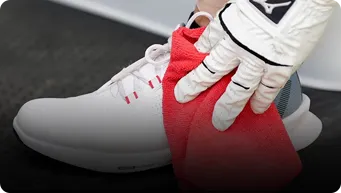

 Free Shipping over $60
Free Shipping over $60
 Easy Returns
Easy Returns


























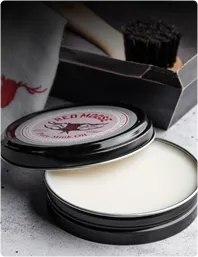



















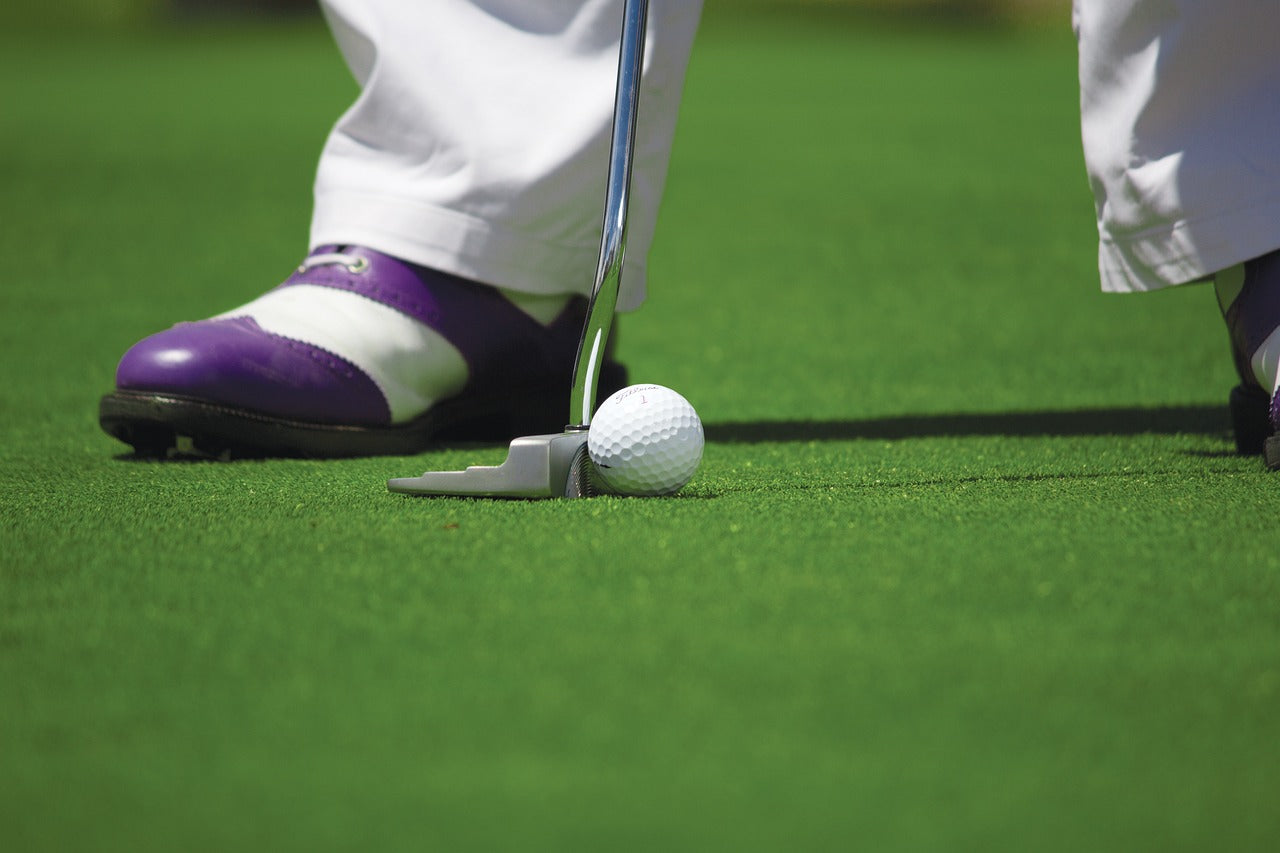
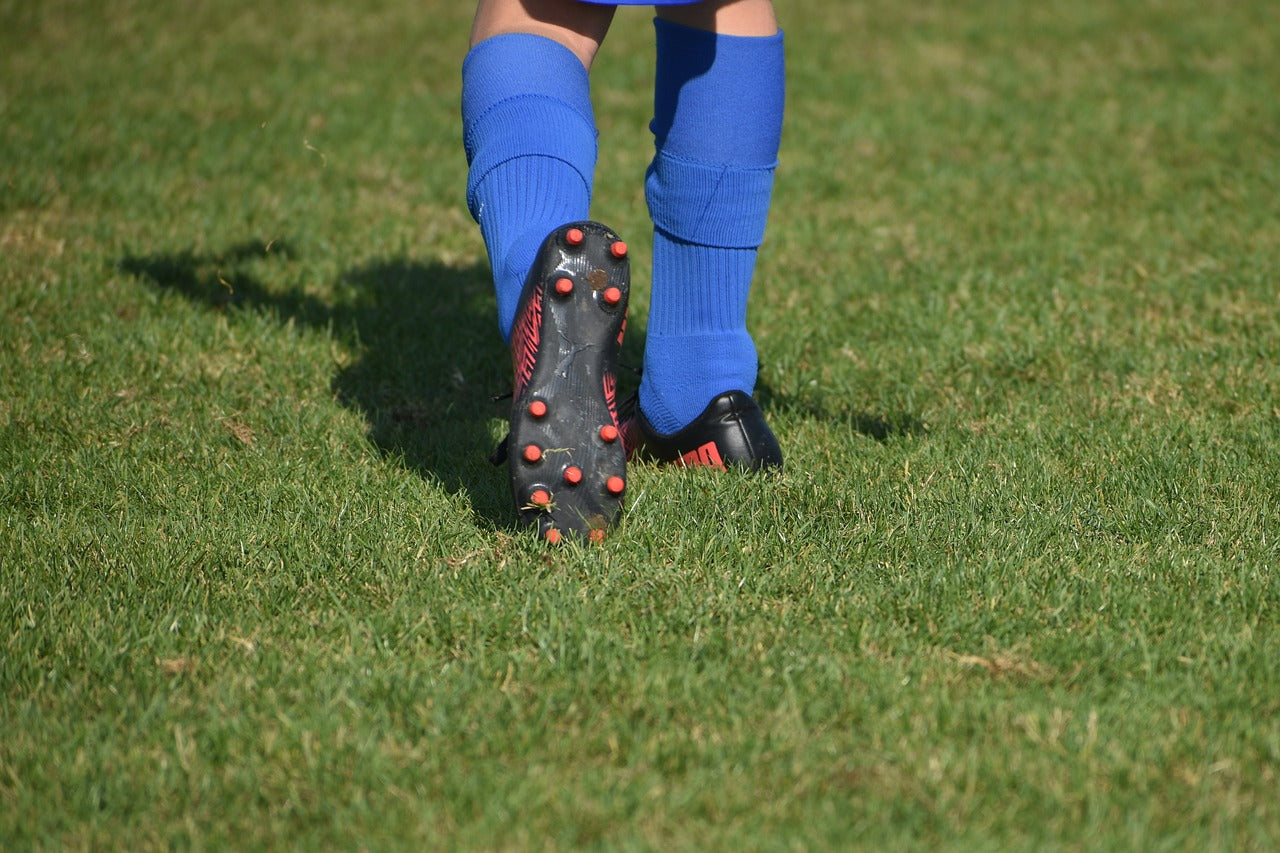
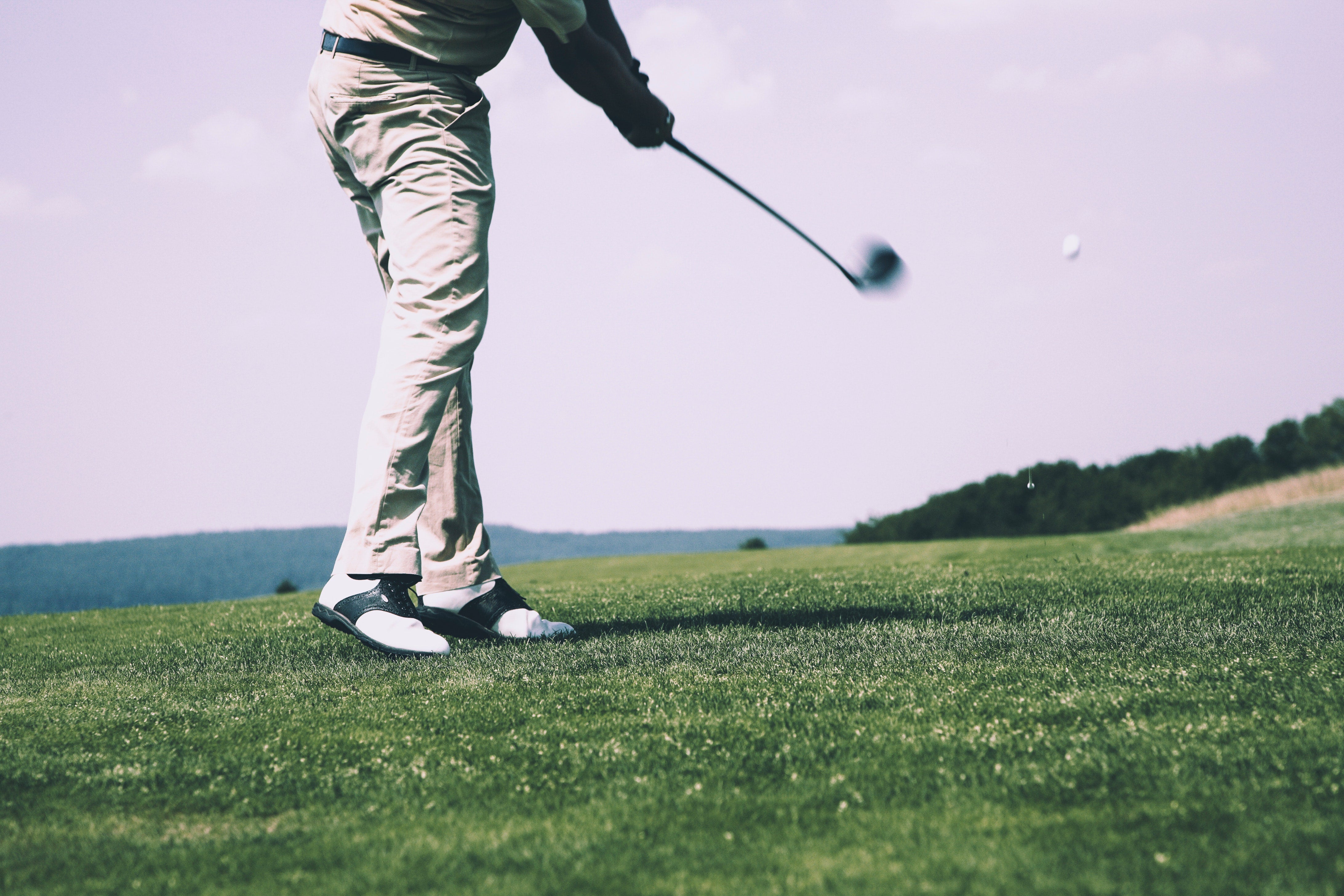
Leave a Reply